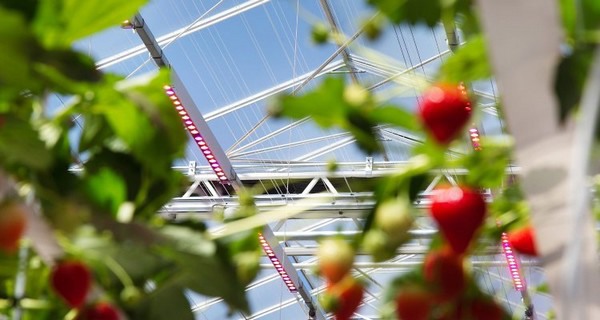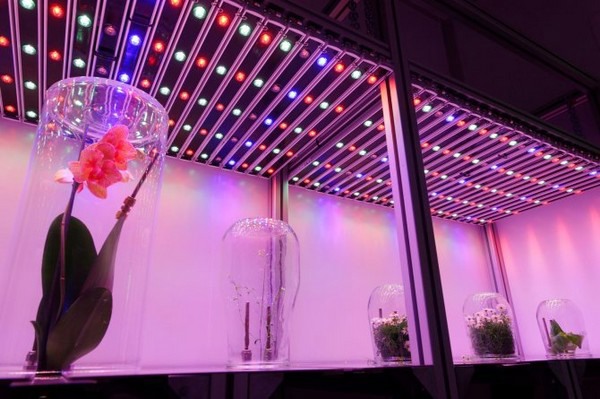Greenhouse growers are increasingly using LED lighting in their greenhouses. After all, those lamps are more energy-efficient than SON-T lamps, they assume. But LED lamps also emit less heat: a grower will therefore have to heat the greenhouse more in the winter with the heating system. So how energy efficient are LEDs really? David Katzin, from the Business Unit Greenhouse Horticulture and Flower Bulbs and the chair groups Farm Technology and Horticulture and Product Physiology of Wageningen University & Research investigated this for the cultivation of illuminated tomato greenhouses.

LED lamps use 40% less energy than SON-T lamps, according to GreenLight, an open-source model for simulating the indoor climate and energy consumption of greenhouses with lighting (https://github.com/davkat1/GreenLight). However, this saving only applies if the grower uses exactly the same light intensity and if the conditions are the same. Moreover, this saving only applies to the energy used for lighting; the effects may vary depending on the season.
This is mainly due to the heat emitted by SON-T lamps. This heat is an important source of heat in a greenhouse, especially in winter. LED lamps emit significantly less heat. In order to achieve the same production, a grower will therefore have to use additional heating in the winter. In addition, LED makes it possible to grow with a higher light intensity, which can have consequences for other climate settings in the greenhouse.

The saving of 40% often turns out differently in practice. WUR researched with GreenLight how much energy saving is feasible. That turns out to be 10 to 25%, depending on climate settings (such as ventilation) and the lamps used. For this, a grower has to switch on the heating system more in the winter as a replacement for the heat from the SON-T lamps. For most companies, this means that (expensive) fossil fuels have to be used. LEDs can help achieve the goal of growing without gas, but getting there is more complex than initially expected, the WUR discovered.
 For more information:
For more information:
Wageningen University & Research
www.wur.nl
